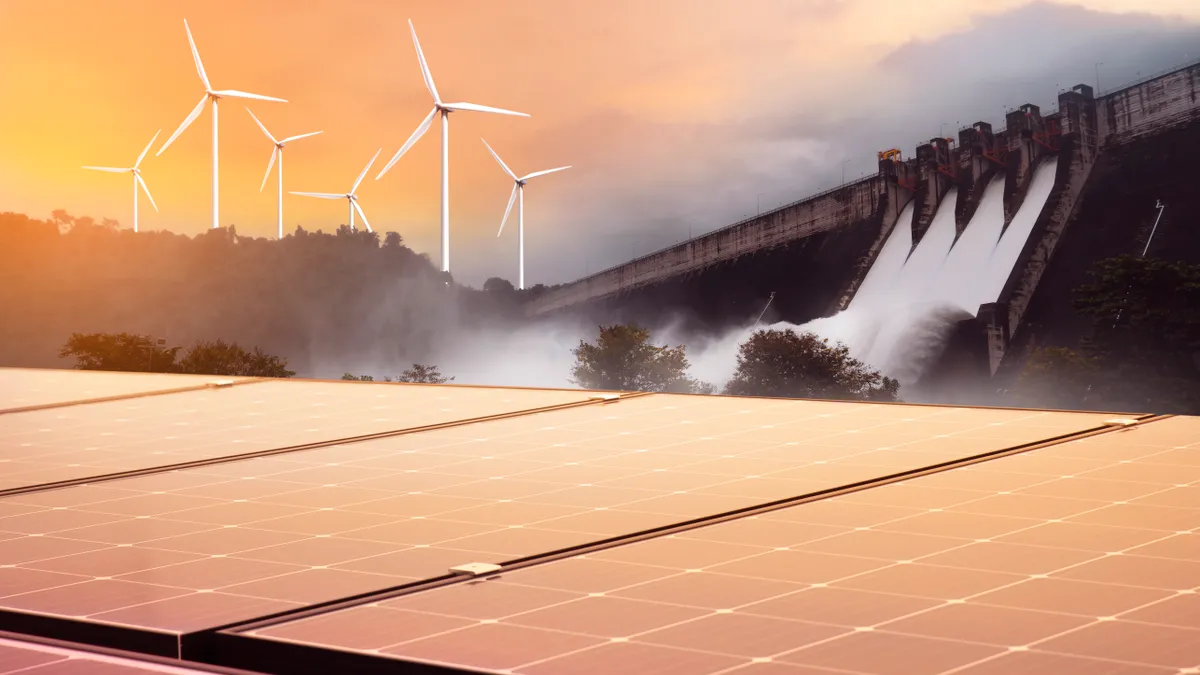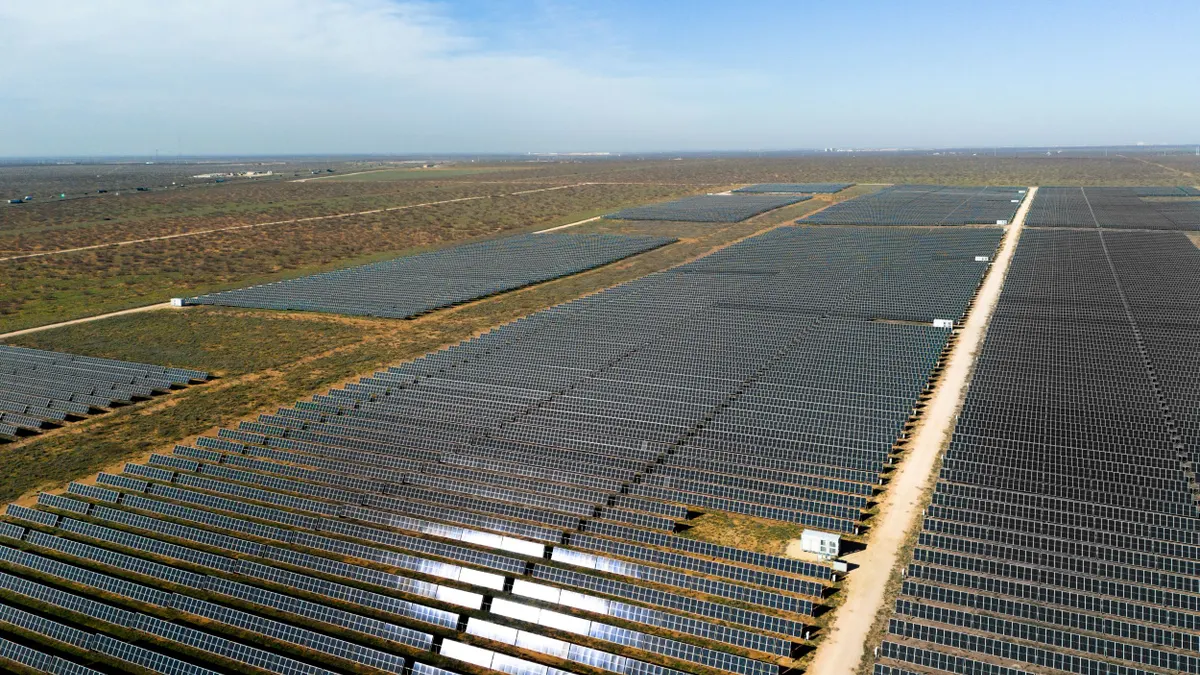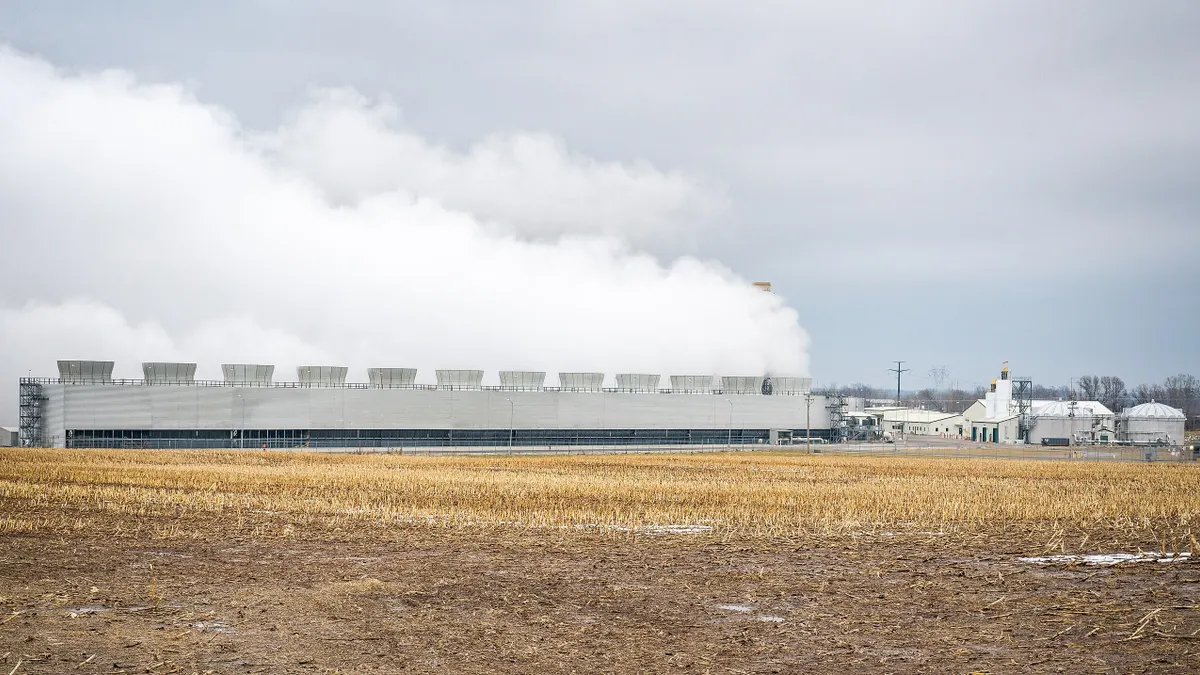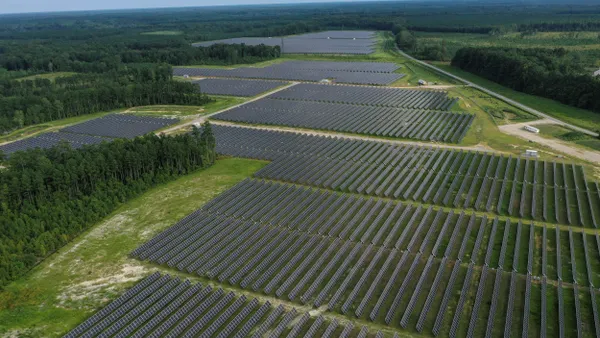Goran Vojvodic is a senior economist and Edo Macan is a managing director at EconONE Research.
Historically, clean energy investments have been evaluated based on average generation availability, which determines the annual amount of green energy a resource can sell under long-term contracts. Clean energy buyers have focused on offsetting their emissions annually, making the annual volume of green energy produced their primary interest.
However, large corporate buyers, some already claiming carbon neutrality through annual emission offsets, are now pushing for complete decarbonization by displacing emissions every hour, not just annually. These market leaders are adopting stricter standards to measure their decarbonization progress, and this trend is likely to continue as smaller market participants follow suit.
These developments might present a new market opportunity for investors and power producers supplying carbon-free energy to the market. Doing so through long-term contracts could be highly profitable. However, the need to fulfill an hourly demand, instead of simply matching at an annual level, presents an additional risk of shortfall. To guarantee a sufficient level of reliability in meeting hourly requirements for green power, portfolios must have an appropriate mix of resources.
When deciding on resources to add to their portfolios, investors and power producers must evaluate the strategic fit of new projects (i.e., technology type, sizing, location and development timing). However, to fully monetize their portfolios in increasingly decarbonized electricity markets, they must also ensure the operational efficiency of the portfolio. Models that account for the interdependence of investment decisions and operations are crucial. Operations are no longer just a consequence of capacity expansion. Rather, operations inform the quality of investment decisions and must be considered in strategic models so that portfolios can fulfill market demand.
Limitations of annual matching
Over the past two decades, corporate energy buyers have used various mechanisms, such as renewable energy credits or power purchase agreements, to procure green energy. As a result, organizations are claiming carbon neutrality, often using annual matching to offset emissions. However, while RECs and green PPAs have helped reduce costs and spur renewable energy expansion, the annual matching approach has limitations in reducing emissions. Thus, some large electricity consumers are committing to a 24/7 carbon-free energy, or 24/7 CFE, goal.
Under this paradigm, electricity needs are matched with local carbon-free generation on an hourly basis and a portfolio of resources can be used to back a long-term 24/7 CFE contract. Due to granular matching, 24/7 CFE is considered more effective at offsetting emissions. Thus, 24/7 CFE will likely sell at a premium relative to green PPAs, encouraging the development of resources or portfolios that can provide this product. Although 24/7 CFE is a relatively novel concept, significant demand could materialize in the coming years. The question is where the supply will come from.
Granularizing carbon neutrality
For suppliers of annually matched clean energy products without locational attributes, such as traditional PPAs, two of the main objectives affecting investment decisions are minimizing the capacity costs and maximizing the annual capacity factors. The annual capacity factor determines the demand offset by clean generation under an annual matching structure. However, as markets move towards granular emissions matching, annual measures are simply not adequate.
A 24/7 CFE product is matched hourly, meaning a short position in one hour cannot be offset by a long position in another hour of the year. Prospective suppliers of 24/7 CFE need to align long-term strategic objectives with immediate operational needs to provide base load or load-following energy. Just as adding more of the same type of renewable resources in an effort to decarbonize supply could eventually lead to localized curtailments and reliability issues, optimizing investment choices based on aggregate measures alone could result in suboptimal financial decisions.
Granular and chronological modeling of operations is essential for evaluating future renewable generation curtailment levels and assessing options to “firm up” renewable resources. Energy storage has been used to back up renewable assets, and the right choice of storage technology depends on the resources in the portfolio and the characteristics of periods when resources fall short of meeting 24/7 CFE contract demands.
Beyond wind, solar and storage, it is important to account for other options which can provide carbon-free energy, like nuclear, hydropower, geothermal or even hydrogen in the future. Wind and solar have a lower levelized cost of energy than nuclear. However, when the goal is to offset carbon emissions around the clock, we are not looking for the cheapest technology to provide energy. Rather, we are looking for the best technology to provide 24/7 CFE, and the optimal solution to that problem might be different. Questions like these are best answered through granular and chronological analysis.
Combining strategy and operations
Deciding on a portfolio of resources involves interdependence between strategic decisions and operational performance. Operational performance informs strategic decisions, with inherent tradeoffs in the choice of technologies and capacities to build — for example, whether suppliers ensure 24/7 CFE availability by building more capacity or are willing to risk exposure to short positions depends on their risk appetite.
For most accurate results, a dual-level approach must be integrated within a single model and solved simultaneously, as opposed to iteratively. Such a comprehensive decision model allows for unbroken flow of information between strategic and operational levels, fully captures tradeoffs between these two levels, and yields robust outputs. This co-optimization of operations and investment decisions is the element that is often lacking in existing models and also the one that is essential to ensure high quality decisions.
Implications for power producers
24/7 CFE represents the next logical step in the energy transition efforts of large electric consumers, as indicated by publicly stated goals of some corporate players. This evolution underscores the importance of comprehensive modeling. Power plant developers may benefit from a new, potentially valuable market product that incentivizes clean generation technologies. However, developing a strategy to monetize this opportunity requires meticulous planning that considers both strategy and operations in order to optimize the utilization of renewable and other carbon-free resources, manage intermittency challenges, and ensure a seamless flow of clean energy.
Beyond 24/7 CFE, comprehensive modeling of strategic decisions and operations is vital for other energy transition areas, such as advanced technology integration and resource adequacy. It is inefficient and increasingly risky to mask the richness of impactful granular data behind average availability metrics. Portfolio investments have to make high-level, strategic sense, but investors have to evaluate the portfolio’s performance in a market with growing intermittency and curtailments. While it adds complexity, a holistic modeling approach will minimize financial risks, maximize the impact of carbon-free initiatives and improve the efficiency of power markets, benefiting investors and consumers alike.






















